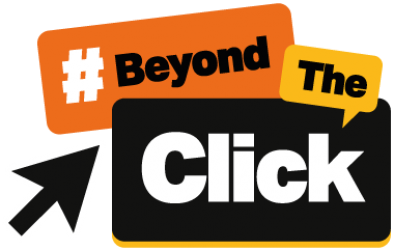Case studies: Sustainable Development and Climate Change
#FossilFreeTCD
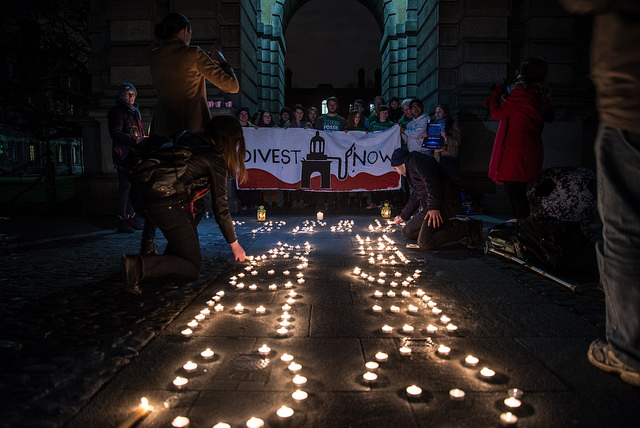
The story: Inspired by students from the US, a small group of students from Trinity College Dublin joined other students from all over the world in calling on universities and other institutions to stop funding the cause of climate change and called on the board of TCD to divest its oil, gas and coal investments:
Five months into the campaign, on 30 March 2016, the College Board, along with the Finance and Investment committees, directly engaged with Fossil Free TCD and held a meeting to discuss the ethical and scientific arguments for divestment. At the meeting, Fossil Free TCD representatives presented the open letter with over 1,000 signatories. The meeting concluded with several members of the board agreeing with the reasons to divest.
Harnessing an array of digital tools as part of on-the-ground engagement to build a university-wide dialogue, the student campaigners:
- collected nearly 2,000 signatures through on online petition, produced a research report calculating the university’s investments in fossil fuels written by student researchers on ‘the case for TCD to divest from fossil fuels’
- got public figures and college lecturers to sign an open letter (shared widely, mentioned above)
- held open meetings organised via the campaign Facebook group to introduce college students and staff to the issues, explain climate change ‘by the numbers’ and what the international campaign is about
- hosted workshops on divestment during Divestment Week 2016, learning from visiting students with experience from universities in India, Australia and US divestment campaign experience.
- highlighted connection to fossil fuel investments in other jurisdictions to raise awareness of TCD’s international footprint, including linking €88,000 of TCD investments in three US corporations involved in the the Dakota Access Pipeline
- created a satirical exhibit called “Sell the Kells”, asking students to sign a petition to sell the Book of Kells, a ninth century calligraphic copy of the Gospels and a national treasure held at the College. Students explained that Trinity College “only had 6 million euros invested” in fossil fuels, and the large amounts of money from selling the Book would go towards investing more in fossil fuels. They then explained more about the fossil fuel industry and the effect the investments have on the environment. The proposal helped a drive of signatures to the campaign petition.
The campaign built alliances with other student societies, most notably with the students union (TCDSU) since a mandate was introduced at a meeting of the union’s council on October 27th, 2015 and the Trinity Graduate’s Student’s Union (GSU), as well as environmental campaigning groups the Stop Climate Chaos Coalition and Trócaire.
The who: University students and student-led Fossil Free TCD campaign group, and student societies
The issues: fossil fuels, climate change, divestment, clean energy
The medium: WordPress, Twitter @FossilFreeTCD, online petition on , gofossilfree.org, Facebook group, cloud sharing facilities to host campaign documents and posters
The time-frame: 15 months (Oct 2015 – Nov 2016)
The impact: Following active engagement with College Board, the College’s Investment Committee agreed to divest from all fossil fuel investments after a presentation from the campaign on the merits of divestment and the alternative investments the university could make.

The College Board announced their decision to sell as much as €6 million of fossil fuel company shares, including ExxonMobil and BP on the first anniversary of the Paris Agreement on Climate Change.
This also meant Trinity College would join the Divest-Invest movement, a global divestment campaign made up of over 670 institutions at the time.
Campaign success has inspired other student groups in Ireland, most notably NUI Galway in March 2017 and in Queens University Belfast in May 2017. TCD, in partnership with Trócaire, launched a national campaign – Fossil Fee Ireland in July 2017 as it seeks to offer support and advice to students in other third-level institutions yet to commit to divestment.
Note: in part, adapted from Global Nonviolent Action Database case study note on the campaign
#EndangeredEmoji
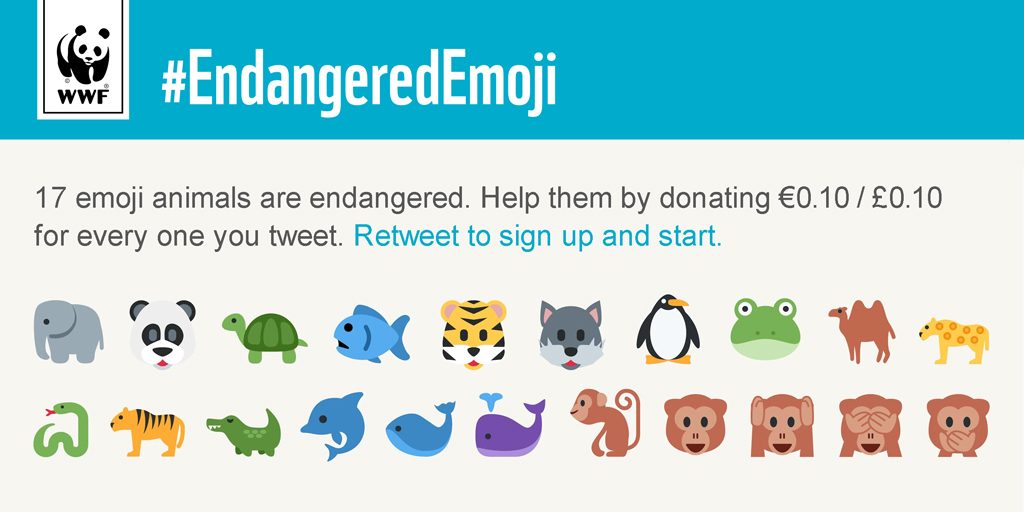
The story: The campaign sought to raise awareness of WWF in key parts of the world and to take its work in conservation to a younger audience; it had fundraising for this work as a key goal testing out this approach on the social platform for the first time. According to WWF, changing how the organisation talks to its intended audiences is key rather than ‘trying to hit them over the head’ as was the norm; the campaign tapped into a ‘natural good will’ towards (17) endangered animals and connected this with the popular emoji format.
We're using #EndangeredEmoji to save real animals from extinction. Please retweet to sign up and help. pic.twitter.com/hX1p1GEDZ9
— WWF (@WWF) May 12, 2015
The who: World Wildlife Fund (WWF)
The issues: endangered animal species, WWF, emojis
The medium: endangeredemoji.com microsite and Twitter @wwf
The time-frame: The campaign began in 2015
The impact: The launch tweet was retweeted more than 36,000 times with 11,000 likes and 38,000 responses; there were 1 million+ tweets using the campaign hashtag; WWF gained more than 200,000 new followers and 59,000 donations in the first two months of the campaign
#DataRefuge #ClimateChange
The concept of global warming was created by and for the Chinese in order to make U.S. manufacturing non-competitive.
— Donald J. Trump (@realDonaldTrump) November 6, 2012
The story: ‘Data on the .gov domain is no longer safe.’
DataRefuge.org was started after the election of President Donald Trump to ensure that federally funded scientific research remains available to the public, ‘under an administration that denies the fact of ongoing climate change.’
After the 2016 US presidential election, researchers began noticing changes on US government websites relating to climate change, raising the wider concern that the government could begin restricting access to important public data. Many stakeholders expressed concern that the U.S. government might remove key datasets from public access.
Bethany Wiggin of the University of Pennsylvania in Philadelphia created DataRefuge.org as an insurance policy to preserve climate and environmental data and to draw attention to how climate denial endangers federal environmental data in the United States.
The implications of the loss of datasets through defunding and deleting of, for example, NASA’s Earth Sciences Division which includes photographs of pollution changes from major city and rural developments and tracking rainforest loss over short, medium and long-term developments, have implications for scientists and researchers across the planet, not only in the US.
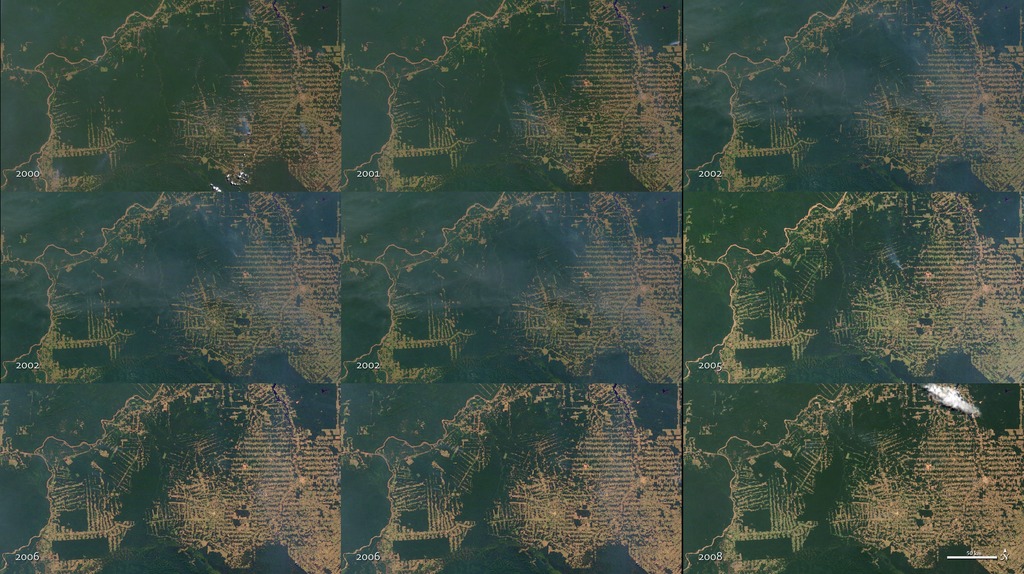
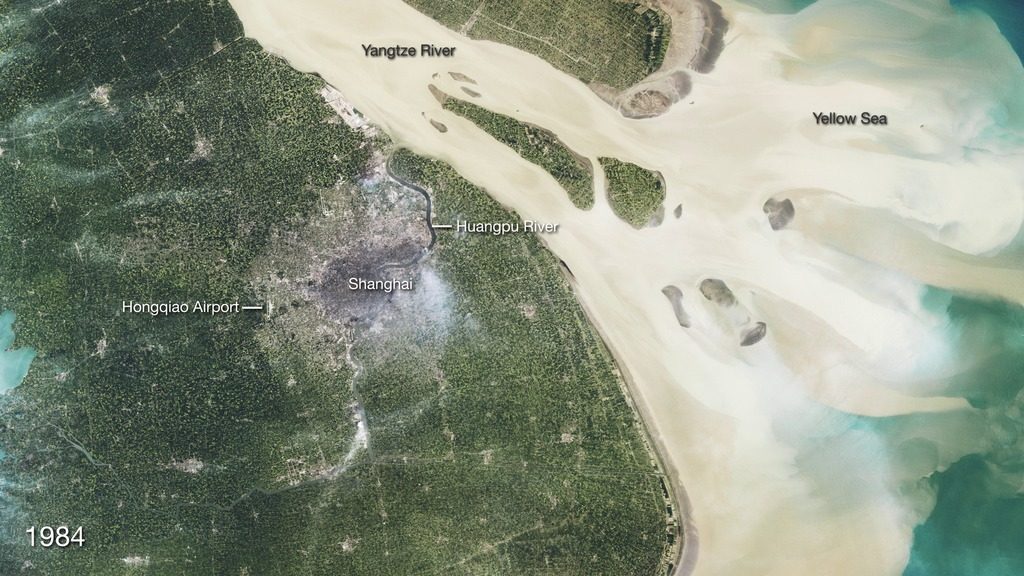
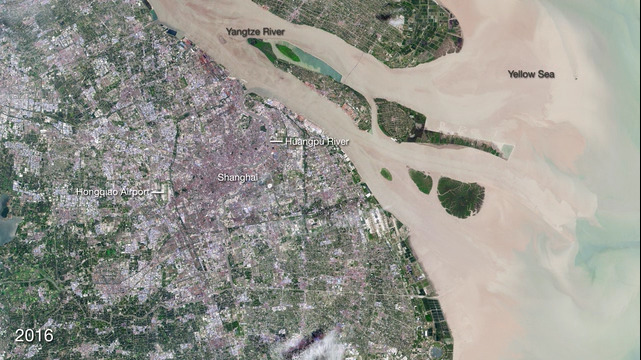
DataRefuge is a public, collaborative project designed to address the following concerns about federal climate and environmental data:
- What are the best ways to safeguard data?
- How do federal agencies play crucial roles in data collection, management, and distribution?
- How do government priorities impact data’s accessibility?
- Which projects and research fields depend on federal data?
- Which data sets are of value to research and local communities, and why?
DataRefuge is also an initiative committed to identifying, assessing, prioritizing, securing, and distributing reliable copies of federal climate and environmental data so that it remains available to researchers. Data collected as part of the #DataRefuge initiative is stored in multiple, trusted locations to help ensure continued accessibility.
The ‘guerrilla archiving’ initiative operates as a collaborative exercise with the Environmental Data & Governance Initiative, Union of Concerned Scientists and other organisations to raise awareness of the cause and host work sessions around the country to archive government data.
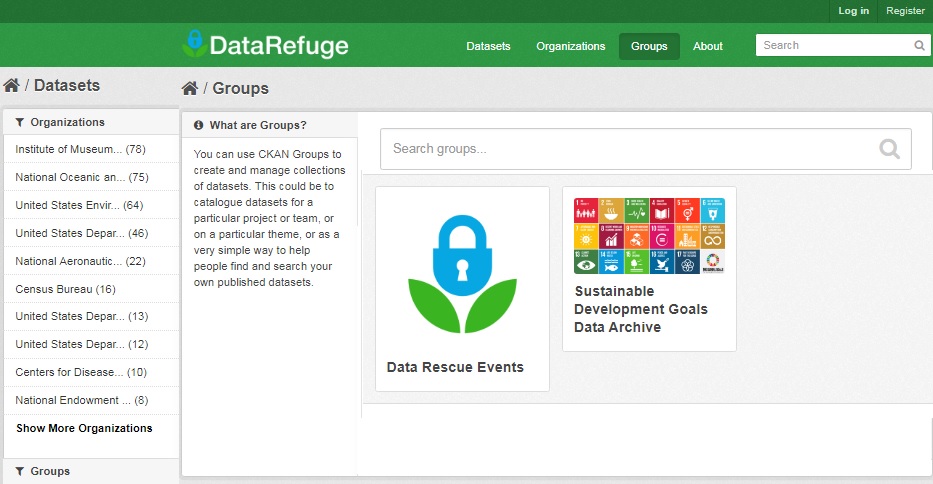
Respect! Guerrilla archiving saving #EPA data from #Trump. #datarescuenyc #datarefuge #enviroDGI pic.twitter.com/nGbfLXjq58
— Peder Anker (@pederanker) February 4, 2017
Such an honor to be on @democracynow with @internetarchive talking about #DataRefuge https://t.co/I9eJYAWkQI
— Laurie Allen (@librlaurie) December 29, 2016
Best, calmest, most rational piece I've seen so far on why #datarefuge is important pre-Jan 20 by @ClareMalone:https://t.co/xAZk3c2Pz2
— Eric Holthaus (@EricHolthaus) December 16, 2016
The who: data archiving volunteers, coders, DataRefuge.org, data scientists
The issues: guerrilla archiving, data refuge, open data, climate change, environmental sciences
The medium: Google Drive (holding data rescue tools and toolkit supports), MkDocs, GitHub, Twitter, ckan (open source data portal)
The hashtag: #DataRefuge
The time-frame: November 2016 – ongoing
The impact:
The data preservation movement has been building, evidenced by thousands of volunteers, hundreds of media stories, and the collaborative work of the Environmental Data Government Initiative, the Libraries Plus Network, Internet Archive, University of Michigan Libraries, ProjectARCC, Temple University Libraries, the Digital Library Federation’s Interest Group on Government Records Transparency & Accountability, Penn Libraries and Endangered Data Week initiative and more.
Results of the project so far include:
- Thousands of volunteers have taken part in over 50 Data Rescue events since November 2016, hosted by libraries and other civic organisations and partners across the US. working on seeding, scraping, recording and storying datasets and websites.
‘Across sectors–from universities to government to journalists to public advocates–volunteer participants recognized the wicked problem that the long-term preservation of public data poses.
Archivists teach that data, like records, exist in a life cycle from creation to access through to preservation or destruction. In other words, data must be cultivated to be useful. Like any living organism today, data reside in a complex ecosystem shaped by human and nonhuman forces.
Creating and maintaining robust public data requires ongoing collaboration and conversations. By telling the stories of government data, we protect these public assets from neglect, dilution, or deletion–whether intentional or inadvertent.’
– Our Story, on DataRefuge.org
- Building a movement of data rescue coordinators and convenors through informal meet-ups, knowledge and practice sharing and archive-a-thon events to protect, preserve and keep public data open and accessible.
- By spring 2018, rescuing 395 datasets and preserving them in the data refuge data catalogue covering everything from Environmental Protection Agency, Institute of Museum and Library Services, to Department of Agriculture and the Centers of Disease Control and Prevention data and more.
- Volunteers sharing their archivist stories online [see the ‘read it’ links] as part of building an open learning community of participants with testimonies from data activists/hacktivists
- From 2018-19, Data Refuge is building a storybank to document how data lives in the world – and how it connects people, places, and non-human species.
- Inspired by the work of Data Refuge, the Center for Open Data Enterprise worked to apply this approach to the data used by the US government to report on the SDGs, which is housed at https://sdg.data.gov. On May 6, 2017 the Center held the SDG Data Archive-a-thon to archive these datasets at Data Refuge and to ensure they remain accessible to the public online. Programmers, advocates and volunteers of all kinds joined us to help preserve SDG data.
- Attracting the attention of major media outlets and generating open government and open data watchdogging initiatives vital to the health of democracy
Further reading
- Rogue Scientists Race to Save Climate Data from Trump (January 19, 2017) by Zoe Schlanger, Wired
- Trump is deleting climate change, one site at a time (May 14, 2017) by Oliver Milman and Sam Morris, The Guardian
- The Race to Save Climate Change Data Runs Through NYC (February 4, 2017) by Tanya Basu, Inverse.com
#vwdarkside
The story: The campaign focused on trying to ensure Volkswagen met the EU’s CO2 reduction targets. The campaign was Europe wide and reached out to a conservatively estimated 2 million+ people. The campaign made extensive use of VW’s own advertising using Darth Vader and urged the company not to go over to the ‘dark side’ (it also made extensive use of Star Wars culture, images, language and effects). The campaign used video, webpages (www.vwdarkside.com ), a video competition, street activity and advertising, emailing, internet imaging and mapping plus gaming.
The campaign’s Rebel Manifesto asked VW to stop lobbying against key European energy laws designed to reduce dependence on oil, publicly support the EU target of 30% emissions reductions by 2020, support new fleet efficiency targets with a goal of being oil-free by 2040.
The who: Greenpeace UK, Germany and France
The issues: Volkswagen, carbon emissions, Star Wars
The time-frame: 2011 – 2013
The impact: On March 6, after two years of campaigning, Europe’s biggest carmaker Volkswagen committed to ensure its cars meet strong CO2 reductions targets.
- 526,000 people signed the campaign manifesto
- 18k tweets using #vwdarkside from June- Dec., 2011
- 12k tweets on #greenpeace for same period
- 74k fans to Facebook campaign page, who themselves have 20.3 million friends.
- Weekly reach of page about 30k.
- 62k people visited film competition site – 16k of them voted
- 2 million+ views to main campaign films. It is difficult to get accurate numbers since there are over a hundred clone versions that were uploaded to YouTube and Vimeo when the video was taken down by LucasFilms.
Internal VW sources indicated the company monitored the campaign throughout. As reported by The Mobilsation Lab, what worked well on the campaign included:
- The campaign engaged a huge amount of people through the digital side of this campaign; more than 5.5 million people visited the campaign website.
- The competitive/gaming element drove traffic; nearly 80% came through referring sites, mainly Facebook and Orkut
- Honour of being a Jedi Knight combined with t-shirt giveaways proved to be powerful incentive
- Splitting the campaign film into two parts was an incentive for people to sign up (and watch part 2)
- Film competition was a great way of getting new creative content into the campaign
- Having a cross-country digital working group worked well
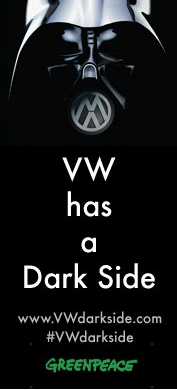
How Big is Yours?
The story: A Greenpeace Turkey campaign to protect Mediterranean fisheries focused on the extraction of young, under-sized fish from the sea potentially contributing to ‘a sea without fish’.
The campaign blended grassroots approaches, online and mobile technology plus traditional messaging and old-style activism to promote sustainability.
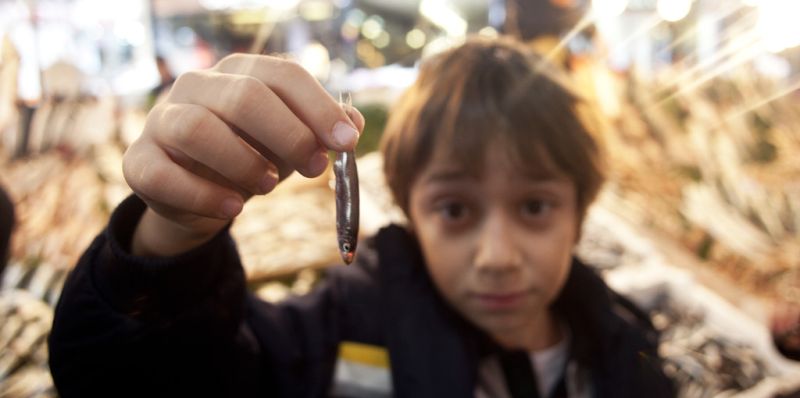
For the organisers, relying on technology alone would mean popular channels but little content; telling a good story but not pushing it out on the right platforms would mean no one would understand the situation, nor would they be inspired to take action. The mobile app developed for the campaign provided supporters with a small digital fish, swimming in its own smartphone-sized cyber ocean; helping the fish grow to a ‘fair catch size’ required sharing the cause with friends.
‘Fax attack’ also featured – supporters could go online, choose from a menu of text messages, then hit send. This automatically whet to the Ministry of Environment and Agriculture FAX machine.
The campaign image was that of a 9-year old boy who ‘wanted to eat fish in the future’ and the campaign video was based on a bed-room parody ‘how big is yours’ sex tape. 1,500 supporters also crowdsourced a newspaper ad on the campaign in the lead up to a crucial policy meeting.

The who: Greenpeace Turkey, coastal fishermen,
The issues: under-sized fish, sustainability, the Mediterranean
The medium: mobile apps, mobile phones, website, SMS actions, fax machines,
The timeframe: 2007 – 2010
The impact: The impact of the campaign by the numbers includes:
- 13,000 faxes sent to Environment Minister in a single day
- The “How Big is Yours?” parody video received over 5 Million views
- 2,000 calls to the Environment Ministry in a two week span
- 1,500 people each purchased a share of an ad in an Istanbul newspaper
- Use of the fun mobile app to support users to make their virtual fish ‘legal’ in size by sharing the cause with friends.
‘Your fish would grow by 0.1 cm per share,’ Greenpeace campaigner Erhan explained. ‘And if someone signed our petition to change the Turkish commercial fishing catch-size laws via your link, your fish grew 0.5 cm.’
- The actions associated with sharing the campaign through the app also drove app users to a web-based petition targeting Turkish lawmakers. In addition to informing others, app users were influencing politicians
As explained by the Mobilisation Lab team, while it took 2,000 calls to make the undersize fish issue a policy agenda item, there were really more than a half-million engaged Turkish citizens behind the campaign.
‘The combination of ongoing outreach, traditional messaging, and innovative mobile engagement created a culture of understanding in Turkey specific to that issue. The ministry clearly understood that 2,000 phone calls represented just a drop in the bucket with respect to the country’s overall awareness of undersized and unsustainable commercial fishing practices. With 500,000 informed citizens (and growing) eager for a solution, the ministry wisely agreed to begin pursuing a solution.’
For an extended analysis of the campaign visit the Mobilisation Lab story.
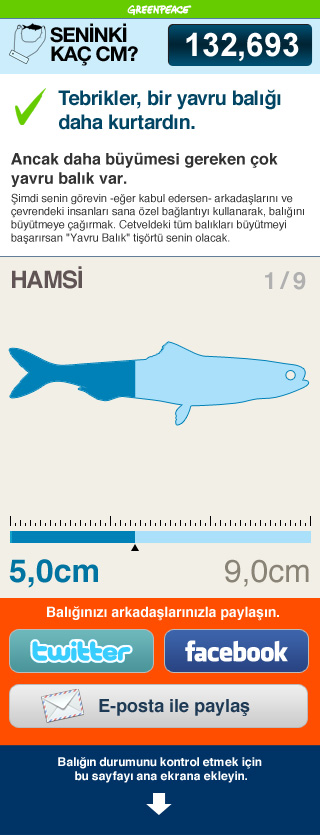
Previous case studies: Migration, refugees, racism and discrimination
Next: Tools & Checklists

